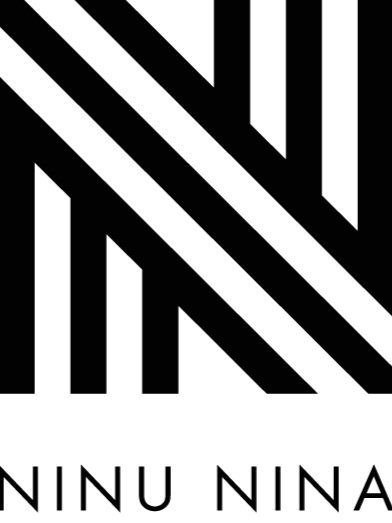Juliana Seraphim: The Surrealist Pioneer Who Redefined Middle Eastern Art and Female Identity
Juliana Seraphim’s profound impact on the art world is a story of resilience, artistic innovation, and a deep engagement with identity and memory. Born in Jaffa, Palestine, in 1934, Seraphim’s life was marked by displacement and the upheavals of the Nakba, which forced her family to flee to Lebanon. This experience of exile profoundly influenced her art, embedding themes of longing, nostalgia, and fragmentation into her work.
Seraphim’s style is emblematic of surrealism, infused with an unmistakable personal touch that intertwines spirituality, the feminine, and the surreal. Her paintings often feature intricate cityscapes and female figures morphing with natural elements like flowers and vines, creating dreamlike realms that challenge and redefine reality. Inspired by the frescoes of winged beings in her grandfather’s Jerusalem monastery, her work carries an ethereal quality that bridges the earthly and the divine, blending memory with imagination.
One of the most groundbreaking aspects of Seraphim’s legacy is her fearless exploration of female sexuality and identity within a culturally conservative context. At a time when the Middle Eastern art scene was predominantly male and bound by tradition, Seraphim's work stood as a testament to the power of personal narrative and feminine voice. Art critic Helen Khal noted in 1987 that Seraphim's art "voices the private desires of her own womanhood," a poignant recognition of the artist’s commitment to expressing the complexities of the female experience. This feminist perspective was especially significant in a region where such themes were often subdued or censored.
Seraphim’s influence also stemmed from her active participation in the international art scene. After beginning her artistic journey under the mentorship of Lebanese painters, she studied at the Lebanese Academy of Fine Arts and pursued further education in Florence and at the Royal Academy of San Fernando in Madrid. Her travels and exposure to European art deepened her understanding of surrealism and infused her work with diverse cultural and stylistic elements. She represented Lebanon in major biennials such as Alexandria (1962), Paris (1963, 1969), and São Paulo (1965), establishing her as a pioneering figure in Middle Eastern art and an ambassador of its evolving narrative.
The backdrop of her career was set against Beirut’s vibrant yet politically fractured art scene, a city simultaneously marked by cosmopolitan aspirations and deep sectarian divides. Palestinian artist Kamal Boullata once described the visual landscape of Beirut as being divided between the anti-Palestinian, apolitical art of the Christian East and the activist images dominating the Muslim West. Seraphim, however, navigated these divides with a unique position; her identity as a Palestinian Christian afforded her a degree of assimilation into Beirut’s commercial art world while allowing her to channel her exilic consciousness into art that was at once deeply personal and universally resonant. Her works blurred the lines between committed and apolitical art, reflecting her refusal to be pigeonholed by the polarized artistic and political narratives of her time. By intertwining elements of deliberate frivolity, nonreproductive sexuality, and exilic subjectivity, as art historian Alessandra Amin argues, Seraphim created a body of work that challenged both the conventional confines of Palestinian art and the commercial expectations of Lebanese galleries.This approach made her a beacon for future generations of artists seeking to navigate complex identities and the space between the political and the personal.
In the decades during and after the Lebanese Civil War (1975-1990), Seraphim's life and art reflected the turbulence of her surroundings. She spent time between Paris and Beirut, showcasing her resilience and dedication to her craft. Her work has since been recognized in private and public collections worldwide, including prestigious institutions like the Metropolitan Museum of Art in New York.
Juliana Seraphim's legacy is a testament to the power of art as a means of personal expression and cultural commentary. Through her surrealist lens, she captured the fragmented beauty of exile and the bold assertion of female identity, leaving behind a body of work that continues to inspire and provoke dialogue about the role of women, memory, and resilience in Middle Eastern art.






